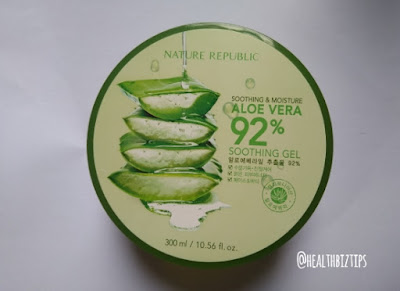Cannabis reduces Empathy
 |
| Cannabis reduces Empathy | Healthbiztips photo credit: Robert Zunikoff @rzunikoff @unsplash |
Cannabis reduces Empathy | Healthbiztips
@healthbiztips by Arlene Gentallan | psychology blog | health blog
What if I tell you that there is a substance that can weaken your ability to understand emotions and empathize with other people. That's just tragic because a person's capability to read the emotion of others is a crucial part of social interaction and emotional intelligence. What is it?
It's cannabis.
Surrounded with controversy, cannabis is prized for it's medical and recreational use. You may be more familiar with it's other name--marijuana. It's considered an illicit drug in parts of the world.
Research reveal that cannabis users have smaller region of the brain in the part known as left rostral anterior cingulate cortex which controls the ability to empathize and process emotion.
Individuals who use cannabis have reduced ability in discriminating positive facial expressions such as those of happiness and sadness. On the contrary, cannabis users were found to have higher capability to detect faces showing negative emotions like fear and anger.
Cannabis contains bioactive components which alters the chemicals and neurotransmitter in the brain that leads to behavior and cognitive changes. Individuals who tend to use cannabis more frequently have been shown to have more pronounced difficulty in identifying emotions.
It's not just emotional awareness that cannabis tampers with. The consumption of this substance have known effects both mentally and physically:
- inability to concentrate
- cognitive deficit
- difficulty making sound decision
- decrease risk perception
- changes in appetite
- alteration in sleep pattern
Resources:
Troup LJ, Bastidas S, Nguyen MT, Andrzejewski JA, Bowers M, Nomi JS (2016) An Event-Related Potential Study on the Effects of Cannabis on Emotion Processing. PLoS ONE 11(2): e0149764. https://doi.org/10.1371/journal.pone.0149764
source: https://journals.plos.org/plosone/article?id=10.1371/journal.pone.0149764







